Solar energy is basically the energy harnessed from the sun’s radiation. It is a renewable energy that is gaining momentum in the parts of the world because it is deemed as an effective alternative to the environmentally unfriendly fossil fuels.
Today, solar energy is harnessed through two main technologies, viz. photovoltaic technology and solar thermal technology.
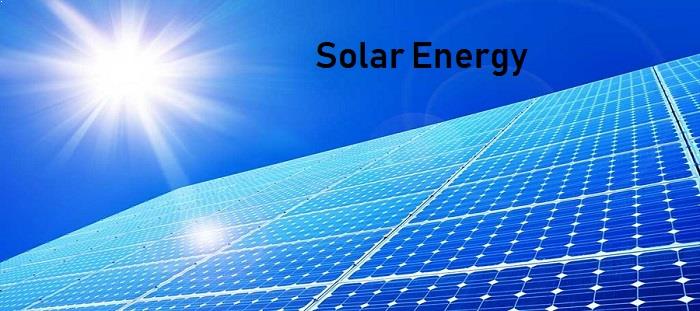
In this comprehensive guide, we explore solar energy technologies, their uses, and applications. We also look into the production of solar energy in the world’s superpower countries such as Canada, US, UK and China, and the rest of the world.
The outcome of the article is to equip you with more knowledge about solar energy technologies and to trigger your interests in implementing these technologies.
Solar Energy Technologies
As aforementioned, there are basically two solar energy technologies which include photovoltaic and solar thermal technology. We will explore them and their uses in here.
In a nutshell, the photovoltaic solar system basically converts the sunlight into electricity using solar cells in monocrystalline, polycrystalline and thin-film solar panels, whereas the solar thermal technology harnesses the heat from the sun and convert it into power.
Now we explore these solar energy technologies, viz. photovoltaic and solar thermal energy. We also look into their plethora of applications and uses.
1. Solar Photovoltaic
This is a common technology which mainly depends on solar panels to convert sunlight into electricity.
Uses and Applications of Solar Photovoltaic
i). Grid Connected Solar Power Systems
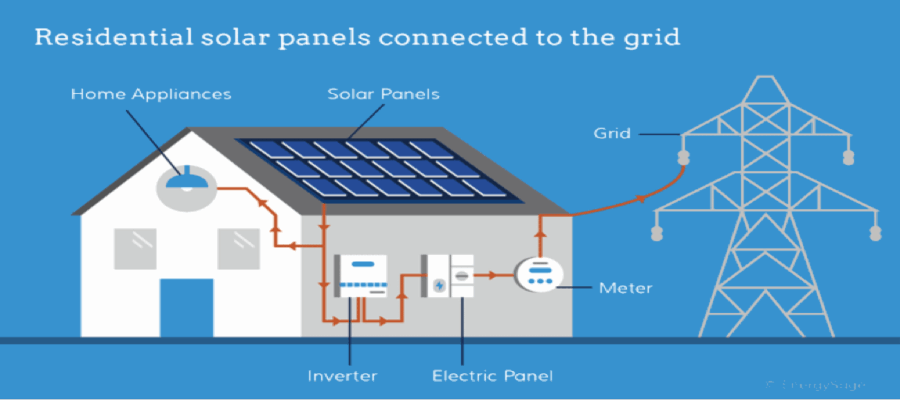
Photovoltaic technology is increasingly used in grid connection where a photovoltaic field is installed with an inverter to direct excess energy produced through panels to the grid.
In grid connections, solar energy protects against the inconveniences of blackout of conventional energy, out-of-range voltage and any other discrepancy that emerges in grid connection. Whenever the grid connections fail, the solar energy transformed can compensate for that and continue supplying households with energy.
However, this energy has to be produced in large amounts which may need government incentives or utility subsidies. Some individual homes produce excess photovoltaic electricity and sell it to utility companies.
ii). Off-grid Solar Power Systems
Photovoltaic solar technology is often used in isolated systems where utility power is inaccessible.
Telecommunications, street lighting, rural development, urban and rural electrification, agricultural applications, and control, are some good examples of off-grid solar power systems.
Telecommunication – In telecommunication, solar energy powers radars, mobile phones, telemetry, remote control, satellite telephones, communication stations, radio links, telephone booths, microwave, and communication in railway tunnels.
Street lighting- solar energy in off-grid systems is also useful in street lighting such as billboards, bus stops, and more.
Rural development – the energy can also be used in lighting rural homes, libraries, schools, community centers, churches, police stations, and many more.
Agricultural applications – It can also be used in water pumps, lighting warehouses, lighting greenhouses, milking systems, electrifying fence, activate water pumps to feed livestock, and many more.
Control – automation of gates, flow meters, valve activation, metering stations, data collection, fiber optic signal repeaters, control of reservoirs, and many more.
These are a few of applications of photovoltaic systems in off-grid applications.
Those camping outdoors far from the grid systems can benefit from the off-grid photovoltaic solar panels to provide them with solar lights.
Solar-powered generators can also play a significant role in cooking, heating your camping tent, and many more functions.
Solar chargers keep laptops and mobile phones on and running.
There are actually many uses and applications of photovoltaic solar technology.
[content_band style=”color: #333;” bg_color=”#ffddea” border=”all” inner_container=”true”] [custom_headline style=”margin-top: 0;” level=”h4″ looks_like=”h3″]Off-grid Solar Systems [Buying Guides & Reviews][/custom_headline]- Best Solar Panels for Camping [2018]
- Best Solar-Powered Phone Chargers [2018]
- Top 5 Solar Kits For Homes [2018]
- What Is The Best Solar Charge Controller For My Solar Panel?
- Best Solar-Powered generators [2018]
- Best lead acid Batteries For Off-Grid Solar Systems [2018]
2. Solar Thermal Technology
Solar thermal technology is also another way to harness solar energy.
The main difference between this technology and the PV system lies in the way they extract solar energy.
The former uses solar heat to heat water or air and also convert it into power. This includes solar hot water heating and solar pool heating.
Uses and Applications of Solar Thermal energy
i) Passive Solar
The passive solar system collects, store and distribute the energy without any dependence on mechanical devices. This system uses the walls, windows, roofs, and floors to absorb heat provided by the sun.
There are solar heating designs that are made to absorb and store heat energy from the sun. In summer the buildings can be made to reject thermal energy. There are passive heating and passive cooling.
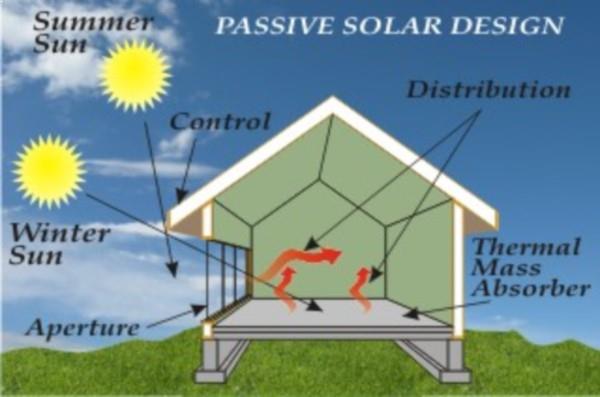
In passive heating, solar radiation is absorbed and stored to heat the building through its components that include the floors, walls, and windows.
A passive solar system has three basic components which are indirect gain, direct gain, and isolated gain.
In the direct gain, the sunlight is absorbed through windows to your floor and walls while in the indirect gain a certain component, be it a wall or floor absorbs heat and let it be distributed to the entire home using radiation, conduction or convection.
In isolated gain, the energy is absorbed in a separate area and then distributed to other areas using ducts.
Conversely, in passive cooling, the system can protect the buildings from absorbing solar energy or get rid of excess solar thermal energy through conduction or ventilation.
Water evaporation also plays a significant role in getting rid of excess radiant heat because it absorbs more heat when evaporating. In shielding the building from solar heat, aluminum foil may be installed under the roof to block this heat.
ii) Process Heat
Solar thermal energy can be used to process heat in commercial or residential buildings.
It can help households save up to 80% of their energy bills usually spent on hot water heating demands.
The solar thermal system basically processes heat using passive and active solar systems.
We have already discussed the passive solar system above. In the active solar system, solar thermal collectors or panels are required and need pumps to work.
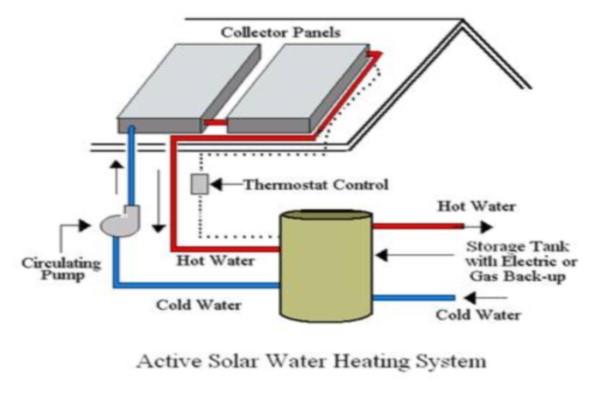
The solar thermal collectors would normally be put on the rooftop to collect as much solar heat as possible.
Some come with trackers to follow the path of the sun throughout the day while absorbing maximum heat.
These collectors have a transparent cover with a dark absorbent surface. They are designed to heat the air or the liquid to provide households heat.
While this is regarded as the infinite source of solar hot water heating needs, it can be scarce during days where the climate is not conducive. Thus, you should have a backup of conventional energy.
iii) Cooking: Solar Cookers
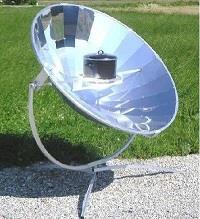
If you want to contribute to environmental conservation, solar thermal energy cookers can help you achieve that.
While it may take longer to cook with solar cookers, there are many benefits associated with it. Many people in the world are struggling with other energy sources such as woods to cook.
Those that have access to woods contribute to deforestation. With solar cookers that problem can be avoided.
There are various types of solar cookers. Some concentrate the sun energy using a reflective metal or simply a mirror to cook while others are painted with black to absorb more heat and keep the pot hot for a long time.
Others may use plastic or glass lids to isolate the air inside from the ambient air. This will retain heat while cooking.
With solar thermal energy, many people can reduce pollution and preserve the forests for future generations. Environmental degradation leads to issues such as soil erosion and floods.
If many people subscribe to solar thermal technologies, such catastrophes can be prevented.
iv) Water Heating: Solar Pool Heaters
Solar thermal energy can play a significant role in swimming pool heating and thus save you exorbitant costs.

Glazed solar collector systems are utilized in this regard to heat the pool water. They use a large quantity of solar energy to heat the swimming pools.
[content_band style=”color: #333;” bg_color=”#ffddea” border=”all” inner_container=”true”] [custom_headline style=”margin-top: 0;” level=”h4″ looks_like=”h3″]Solar Pool Heaters – Buying Guides & Reviews[/custom_headline] [/content_band]v) Solar Drying
Similarly, in agricultural applications, solar thermal energy has proven to be cost-effective and efficient.
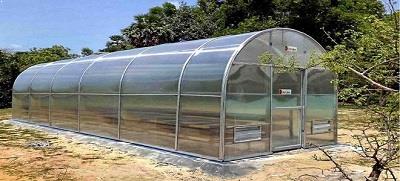
It replaces fossil fuels traditionally used to dehydrate agricultural products. Solar drying can dry these products at a temperature range of 40 to 75 degrees Celsius.
There are designs already, although, on a small-scale, that harnesses the solar thermal energy in drying agricultural products. Agricultural companies are saving immensely with solar drying applications.
vi) Solar Distillation

Solar distillation is a process of evaporating water and then condensing it in the same system.
The process harnesses solar thermal energy and it replaces the conventional energy-intensive methods.
Desalination (concerting salty water into fresh water) is made easy with solar distillation.
This process is conducted in a system termed solar still which may vary in dimensions, designs, materials, and sizes.
[clear]
vii) Concentrating Solar Power (CSP)
Concentrating solar power system, as in the name, concentrates the sun’s rays using mirrors to convert the light into heat. This, will subsequently heat the liquid or gas and then generate electricity by turning the turbine.
However, concentrating solar power plants require large acres of land to focus as much heat as possible. They focus sunlight into a high-temperature heat which generates electric power. A conventional generator may be used in the process.
Basically, this concentrating solar power system comprises two parts with the one extracting solar energy and converting it into heat and the other converting that heat into electricity.

Concentrating solar power is used in a broad variety of applications. By all means, the system can heat residential or commercial water to negate the need for conventional energy to heat water for cooking, bathing, and cleaning.
Households will save a lot with CSP in hot water heating.
Again, the system can help in industrial processes where large amounts of water are used to clean machinery or in production. The water can also help in the production of steam using a pressurized heat exchanger.
Agricultural companies can also benefit from CSP. The efficacy of concentrating solar power lies in large scale production of electricity for everyday home energy consumption.
Huge plants are needed to build such CSP plants to achieve that large scale production. Moreover, hospitals, schools, and homes can benefit from space cooling or heating made possible by CSP systems.
Pros and Cons of Solar Energy
While solar energy might seem as the cost-effective and efficient inexhaustible alternative to fossil fuels, it is also bound to some downsides and upsides.
Nonetheless, its pros outweigh its cons, hence the continued courage to implement it over the world. Especially, the developing countries where most people have no access to conventional energy or their economies cannot afford each citizen.
Pros
- Sustainability. The sun has been here for billions of years and it is going to exist even for more years to come. On the other hand, fossil fuels are being depleted. As thus, solar energy is sustainable.
- Reduced emissions – solar energy is eco-friendly with reduced impact on the environment. Concentrating solar power can, however, have a bad impact on water conservation but the photovoltaic system does not deplete water resources.
- Good security – Every country has access to the sun. Thus, each country can have access to solar energy even though others have more access than others.
- No dependence on fossil fuels. In particular, solar energy negates the need to depend on coal for electric power production that will cause emissions to the atmosphere
- Return on investment. While the initial cost may be expensive, there is actually a good return on investment with solar energy. That outweighs paying utility bills on a monthly basis
- Government incentives on renewable energy installations
- Potential to sell solar energy. In fact, if you have powerful PV panels that can generate excess electricity, you can send it to the utility grid and get paid for that
- No maintenance – solar energy systems last for many years. The panels can last for over 25 years with no maintenance. The only minimal maintenance required is to keep cleaning the panels and refilling the electrolyte in the storage batteries.
- Flexibility – solar energy can be installed anywhere. Off-grid systems are good for outdoor enthusiasts.
- Safety – solar energy is safer than the conventional fossil fuel electricity which can be life-threatening
Cons
- Land demands – to generate more energy needs a build of large power plants. As thus, one needs a large area to erect these plans. In some cases, countries may have to cause deforestation.
- Interruption – in bad climates the sun is inefficient in generating more power. Households and businesses, however, need to compensate for that with large solar energy storage batteries.
- Expensive – the capital investment of solar energy systems is a stumbling block for many poor families. However, the system pays itself in fewer years after installation.
- It runs on DC power so you need inverters to convert the DC to AC power because electronics running on DC are expensive
- Poor energy production in cloudy days and during winter months
- High costs of producing solar panels
- Solar-powered cars are not as aggressive as other cars running on conventional energies
Solar Energy Potential
Yearly solar energy consumption in the US, Canada, Australia, UK and the rest of the world
Statistics show that the US has generated about 53 billion kWh of photovoltaic energy and solar thermal energy in 2017 alone.
In Canada, the country has installed 2100 MW of solar systems to generate 3 TWh annually in 2015. Ontario in Canada generates over 98% of solar energy generated in the country.
Meanwhile, solar panels have already generated 10,025 GWh in the first three quarters of 2017 in the UK.
In Australia, solar energy is projected to skyrocket by 5.9% to 24 PJ in 2029-2030. The country is receiving about 58 million PJ of solar radiation per year.
Lastly, in the world, the solar energy generation is around 5.6 GJ which is equivalent to 1.6 MWh per square meter annually.
How much solar power production that experts predict to be in the future?
Experts predict that solar power production will skyrocket by 1.2% in 2030.
The OECD countries will see a 1.7% increases whereas the non-OECD ones receive the 0.9% increase.
Wrap Up!
Solar energy is basically generated through solar thermal technologies and photovoltaic systems. These systems have varying and common uses. PV systems require no water whereas the solar thermal does.
Nonetheless, they all surpass the efficiency of conventional energy sources.
[content_band border=”all” inner_container=”true”] [custom_headline style=”margin-top: 0;” level=”h4″ looks_like=”h3″]More Resources[/custom_headline]- Solar System Buyer’s Guide
- Wind Turbines Versus Solar Panels
- Top 10 Solar Companies in 2018
- The Short Guide to Choosing a Solar Battery
- How to Select the Right Solar Charge Controller
- Thin Film Solar Panels
- Polycrystalline Solar Panels
- Monocrystalline Solar Panels
- Proven Ways to Save Electricity at Home [Top 10]

